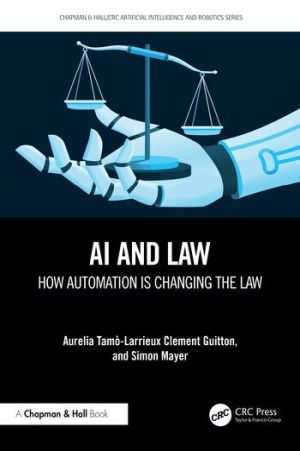
Everyone is affected by the law, but most realise the complexity of interacting with it only once problems kick in. A foreign student being evicted from their residency; a nanny whose contract is being terminated for repeatedly coming late to work; a driver who was given a ticket because of unbuckling their seatbelt at a red light to reach out to the glove compartment. But getting professional help can be expensive—until now. New forms of AI-powered systems promise to do wonders: from supporting laypeople to obtain legal information, to taking decisions instead of judges. The student, the nanny, and the driver could all use it to craft arguments to fight their legal quandaries. Hype or soon reality? What has made the leapfrog change within the legal profession even more surprising has probably been that law was traditionally showing much resistance to any form of digitalisation: still, a decade ago, many lawyers around the world would have baulked at accepting a contract signed on a computer. Pens and papers were still the rule. This makes it all the more relevant to take the changes underway under the microscope: what is currently being done and doable? What host of issues does it bring with it? Where and how is a public debate still required? This book will provide a beginning of an answer to all of these questions—without jargon, concisely, but nonetheless accurately.